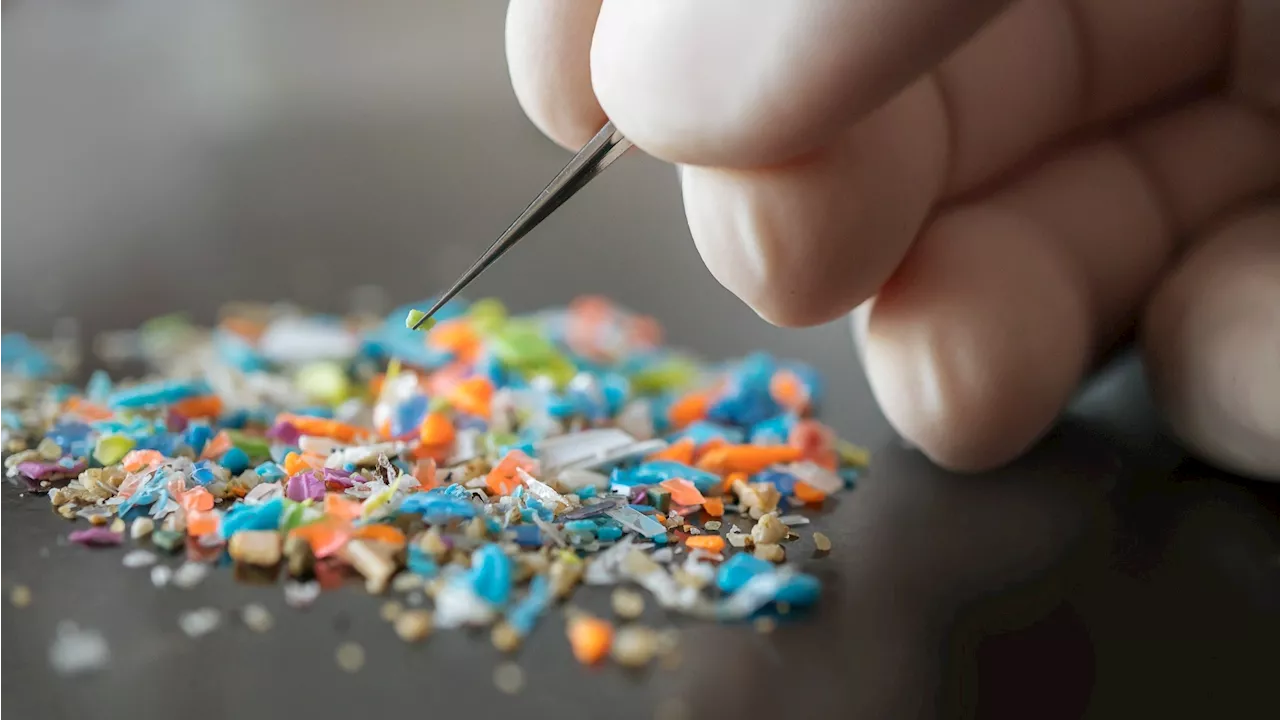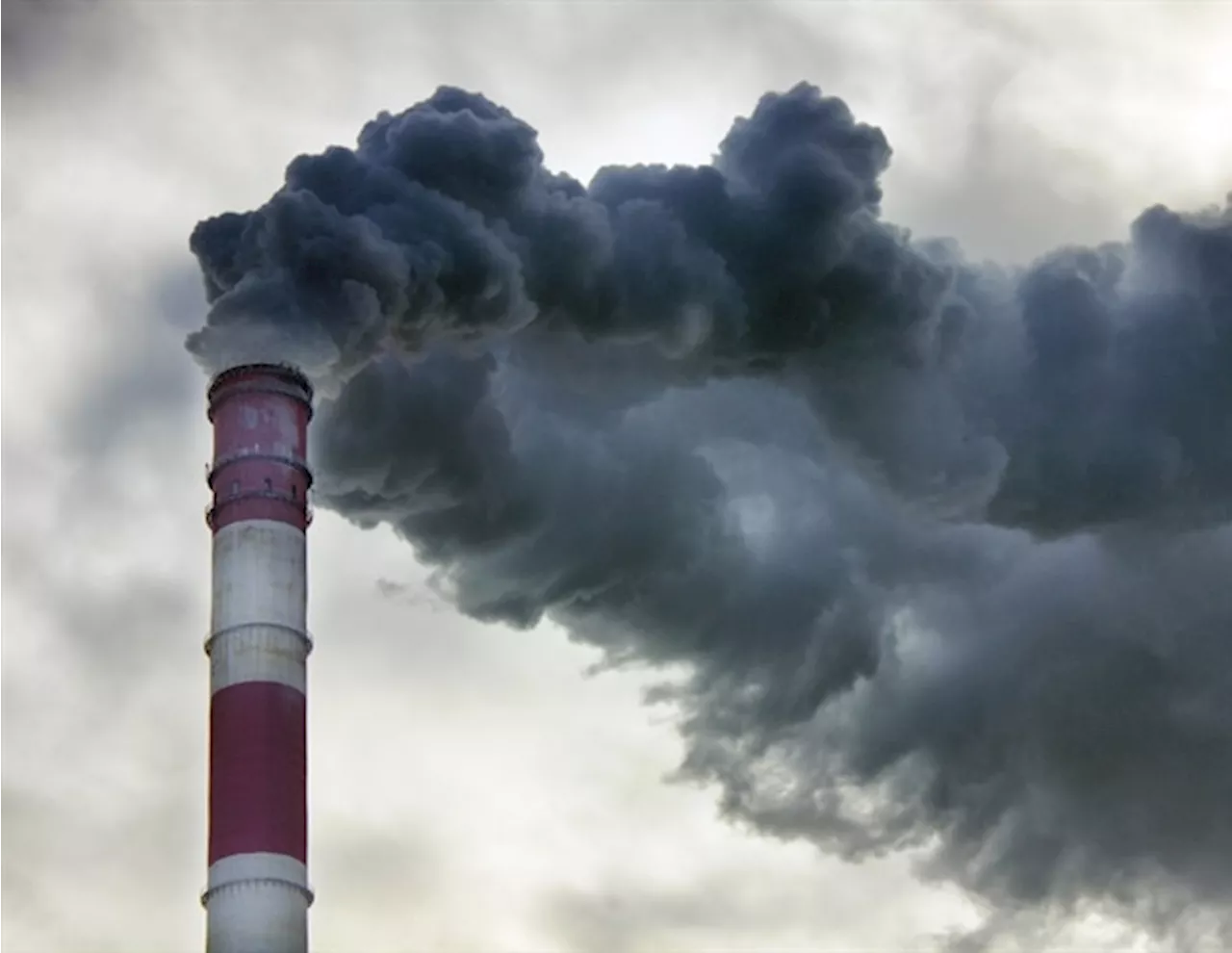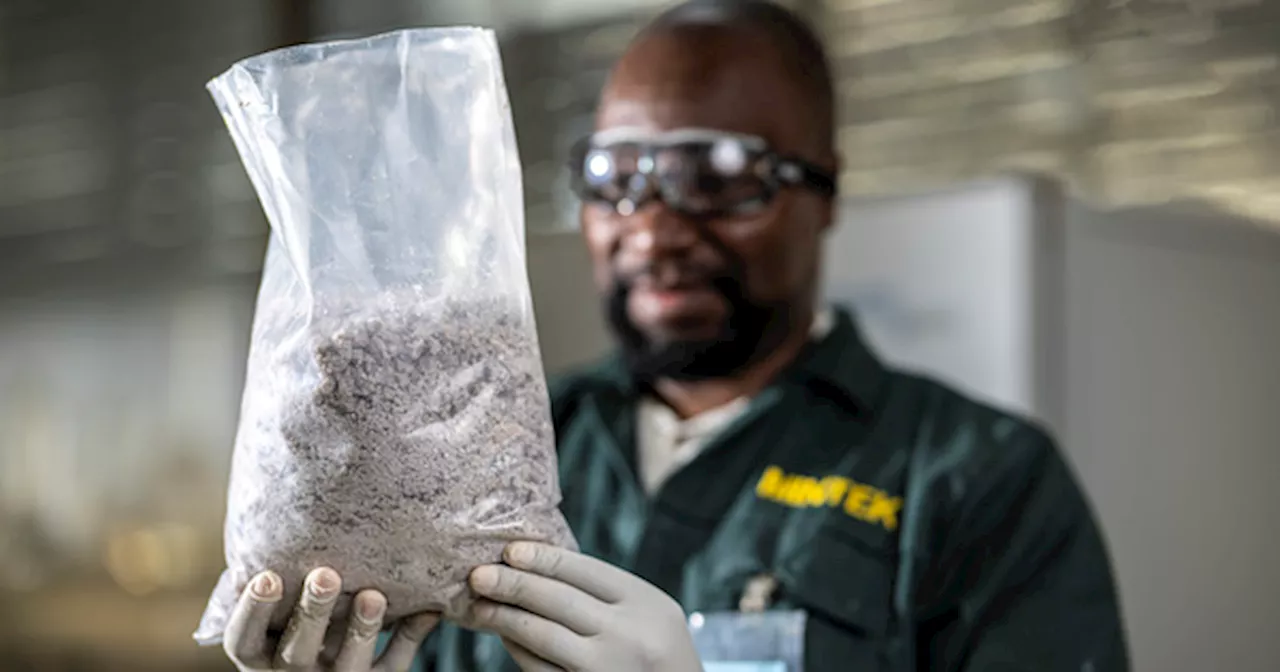A new study has revealed that a single tea bag can release billions of microplastics into your body, raising concerns about the potential health implications.
For millions of Britons, the day doesn't really start until you've had your first cup of tea. But a new study might make you think twice before reaching for the kettle. Scientists from Universitat Autònoma de Barcelona have warned that a single tea bag can release billions of dangerous microplastics into your body. During their experiments, the team found that most of these microplastics are taken up by the mucus-producing intestinal cells.
However, they found that some can even enter the cell nucleus - the part of the cell that houses genetic material. Worryingly, the long-term effects of these microplastics on human health remain unclear. 'The potential health implications of environmental micro/nanoplastics (MNPLs) are increasingly concerning,' the researchers said. 'Beyond environmental exposure, other sources such as food packaging, including herbal/teabags, may also be significant.' Scientists from Universitat Autònoma de Barcelona have warned that a single tea bag can release billions of dangerous microplastics into your body Previous studies have shown that food packaging is a major source of microplastics. However, until now, there has been little research into the number of these plastics that we ingest from tea bags. In their new study, published in Chemosphere, the team investigated the microplastics released from three popular teabag types, which can easily be purchased online or in local supermarkets. The first type was a nylon teabag, which the researchers ordered from Amazon. Next, a polypropylene teabag was ordered from AliExpress. Finally, a third type was bought in a supermarket, but with an unknown filter polymer. For each teabag type, the researchers transferred 300 teabags into a 1-litre beaker containing 600ml of water at 95°C. The team found that, across all three types, huge amounts of nano-sized particles were released into the wate
MICROPLASTICS TEABAGS HEALTH STUDY POLLUTION
United Kingdom Latest News, United Kingdom Headlines
Similar News:You can also read news stories similar to this one that we have collected from other news sources.
 Microplastics detected in human blood linked to altered coagulation markersFindings indicate microplastics in blood are linked to inflammation and coagulation markers, underscoring the need for reduced exposure and further research.
Microplastics detected in human blood linked to altered coagulation markersFindings indicate microplastics in blood are linked to inflammation and coagulation markers, underscoring the need for reduced exposure and further research.
Read more »
 Microplastics in the Air Linked to Health Problems, Including InfertilityA review of 3,000 studies suggests that microplastics, tiny plastic particles released into the air from tires and degrading garbage, may be contributing to a range of health issues, including male and female infertility, colon cancer, and poor lung function.
Microplastics in the Air Linked to Health Problems, Including InfertilityA review of 3,000 studies suggests that microplastics, tiny plastic particles released into the air from tires and degrading garbage, may be contributing to a range of health issues, including male and female infertility, colon cancer, and poor lung function.
Read more »
 Microplastics in Air and Food May Be Fueling Colon Cancer EpidemicNew research suggests that microscopic pieces of plastic found in the air we breathe and the food we eat could be contributing to a surge in colon cancer diagnoses, particularly among younger, otherwise healthy individuals. A review of over 3,000 studies indicates that these tiny particles can accumulate in organs, causing DNA damage, chronic inflammation, and the uncontrolled growth of cancerous cells.
Microplastics in Air and Food May Be Fueling Colon Cancer EpidemicNew research suggests that microscopic pieces of plastic found in the air we breathe and the food we eat could be contributing to a surge in colon cancer diagnoses, particularly among younger, otherwise healthy individuals. A review of over 3,000 studies indicates that these tiny particles can accumulate in organs, causing DNA damage, chronic inflammation, and the uncontrolled growth of cancerous cells.
Read more »
 Microplastics Found in Teabags, Entering Human CellsA new study reveals that popular teabags release billions of microplastic particles into the water, with some even penetrating human intestinal cells and potentially reaching the cell nucleus. Researchers tested three types of teabags and found the polypropylene ones released the highest amount of microplastics. The study raises concerns about the potential health impacts of microplastic ingestion.
Microplastics Found in Teabags, Entering Human CellsA new study reveals that popular teabags release billions of microplastic particles into the water, with some even penetrating human intestinal cells and potentially reaching the cell nucleus. Researchers tested three types of teabags and found the polypropylene ones released the highest amount of microplastics. The study raises concerns about the potential health impacts of microplastic ingestion.
Read more »
 Scientists issue urgent warning about drinking TEA - as they discover a single tea bag can release...Scientists from Universitat Autònoma de Barcelona have warned that a single tea bag can release billions of dangerous microplastics into your body.
Scientists issue urgent warning about drinking TEA - as they discover a single tea bag can release...Scientists from Universitat Autònoma de Barcelona have warned that a single tea bag can release billions of dangerous microplastics into your body.
Read more »
 'Exceptional economics': New Rainbow Rare Earths study releasedPhalaborwa remains the highest margin rare earth project in development today outside of China”
'Exceptional economics': New Rainbow Rare Earths study releasedPhalaborwa remains the highest margin rare earth project in development today outside of China”
Read more »
